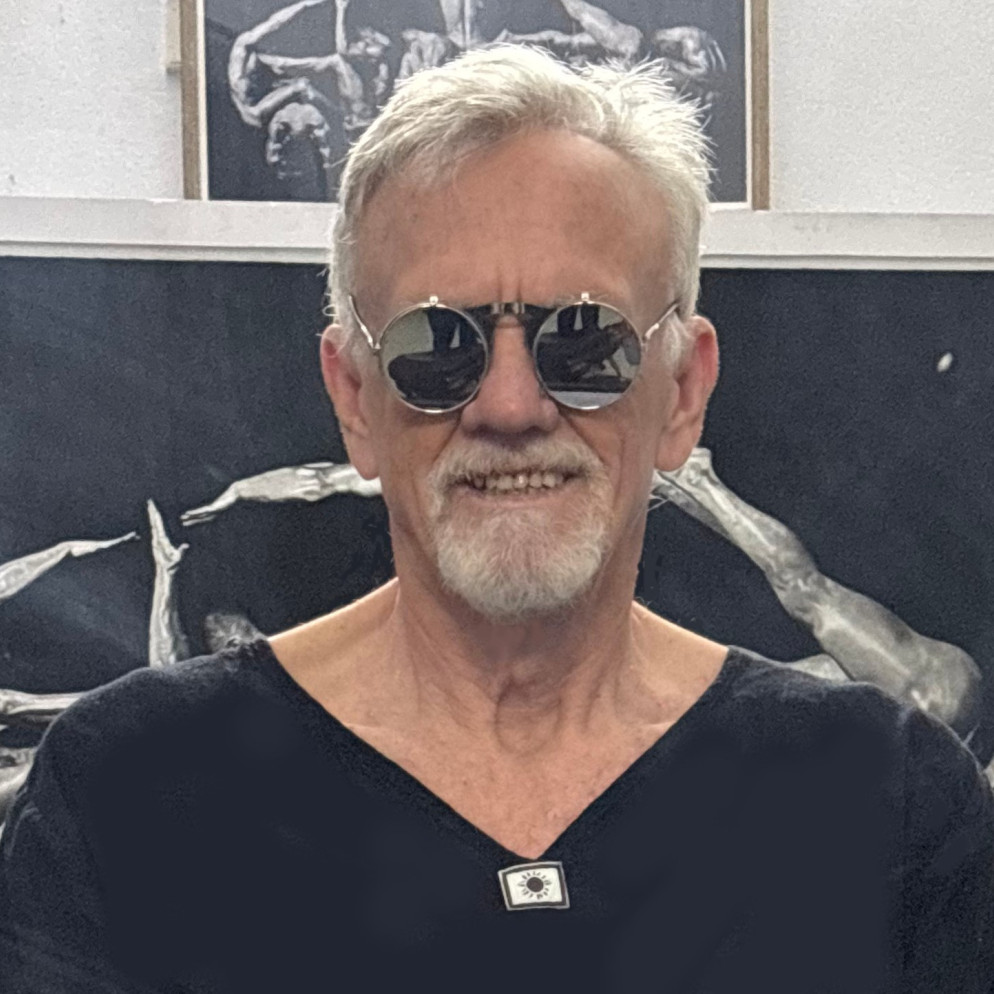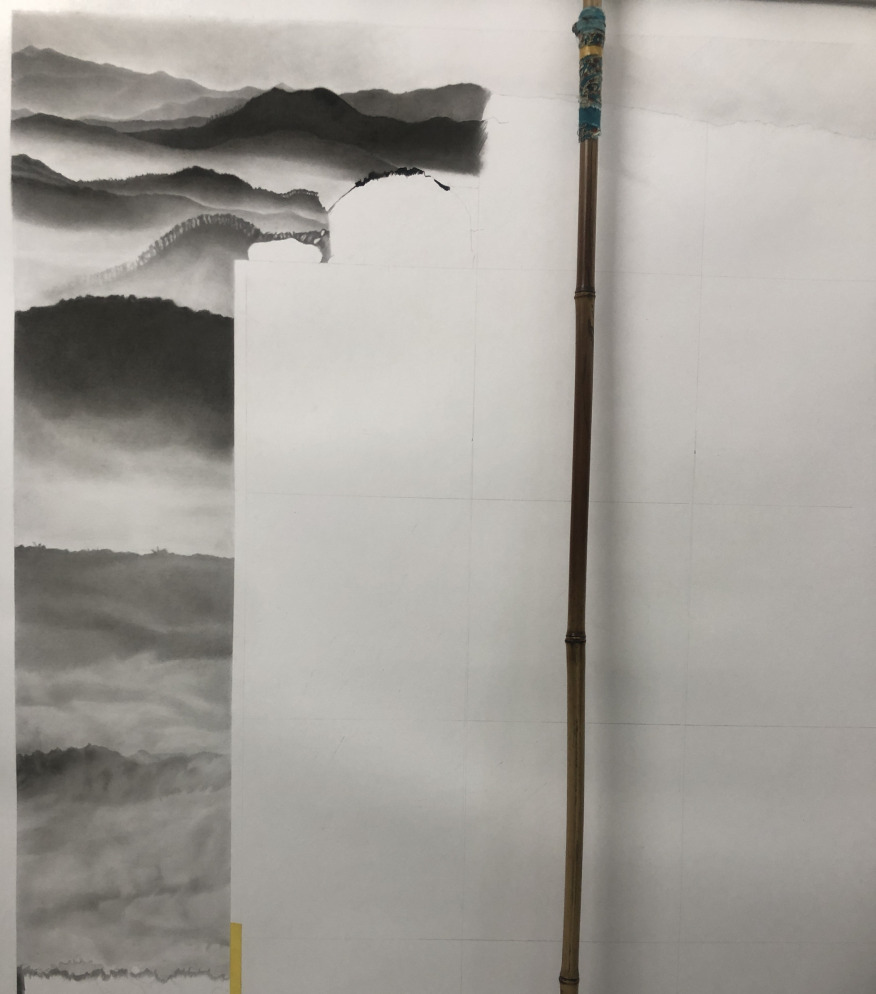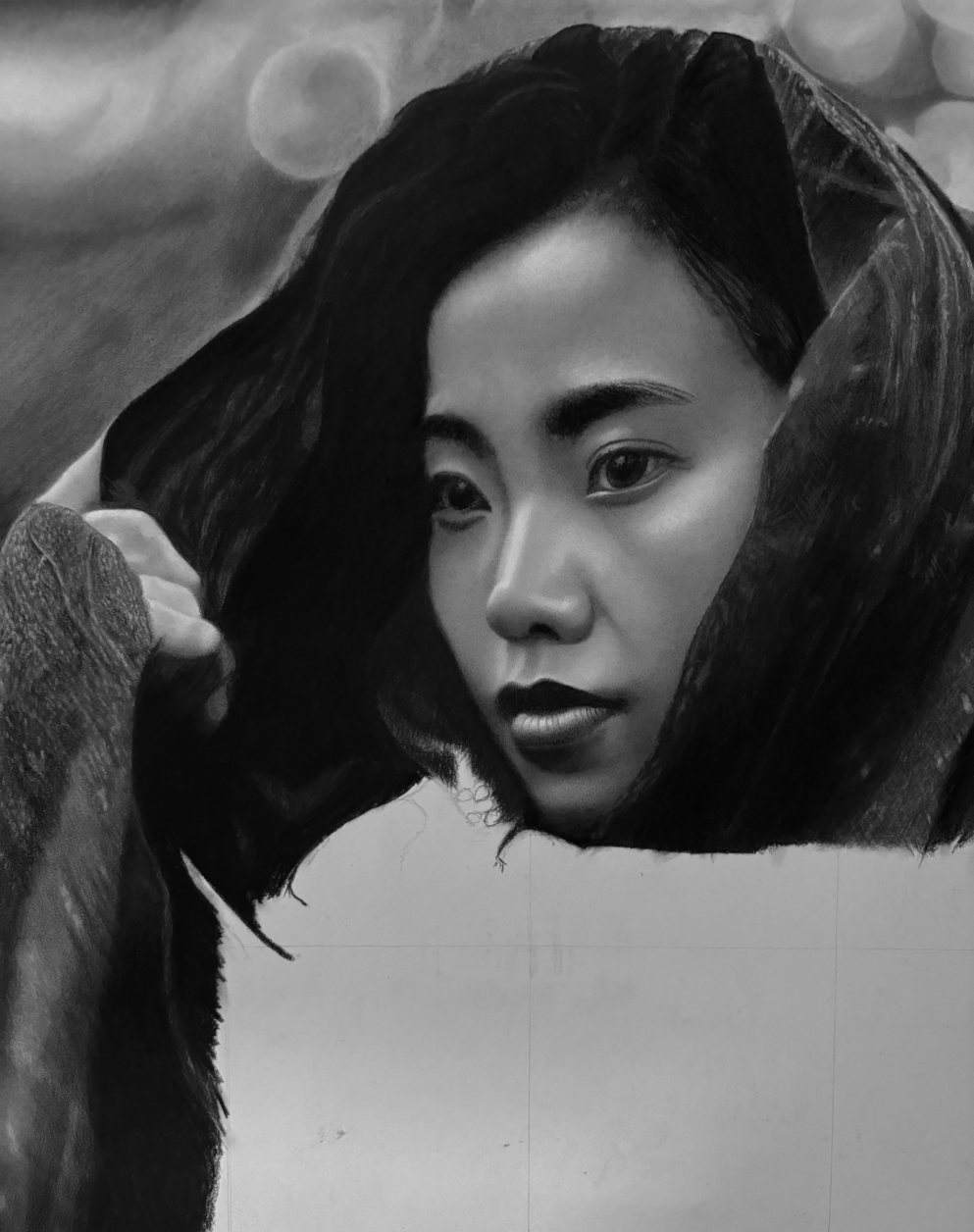
Introduction
Barry is an Australian artist living in Hanoi, Vietnam. His artistic journey has been shaped by dedication, perseverance, and a passion for figurative realism. Over the years, he has refined his craft through thousands of hours of work, overcoming personal and external challenges along the way.
At the earliest stages of his art career Barry heard of the ModPortrait Competition held by Artelibre in Spain.It is ranked as one of the top 5 portraiture competitions in the world. It is one of the few that defines the importance of skilled drawing to figurative art by having a separate section devoted to drawing. It became a dream to be a finalist in this competition. As of MordPortrait 2024, showcased in March 2025, his work, The Shawl, is one of the 30 drawing finalists from the thousands of entries submitted.
He welcomes genuine inquiries from those who appreciate fine art.

Methodologies/Materials
Barry's work is created using grids across the paper. These grids are usually 200mm squares and vary to suit the finished size. In this way he is able to maintain focus on each area being worked. Smaller pieces require no grids for the work to be carried out. When working inside a grid there is little in the way of pre-drawn guideliness in place as can be seen in his videos. However, sometimes there are datum points in place for the most important details and it is these which guide any pre-drawn shapes he considers necessary. Most work is done only by looking at the reference.
References are an important part of this work as it usually is for all realism practitioners. Initially his references were photos from other people, used with their permission. When performing portrait commissions this is still the case. However, when working on some of his ideas there is no photo as such. "It must be wonderful to be a highly successful artist making big enough sums of money that they can afford the use of photo studios, lighting, computer enhancements and the full range of tools available now." he said. On these occasions he will put together an image in GIMP, a photo-shopping tool, and add to it via various tools to create a close enough image to base a piece on. It is then up to his skills to create a masterful piece with the required lighting, and other such details.
Layering is an important aspect of his work. Layering to control the level of tones allows for the many transitions that make up his work. The influence of the tones of surrounding areas is recognised. Due to this he aims to work on the darker tones around a "completed" section knowing that he will have to return to that section and adjust once the surrounding area is filled. Layering is also a necessity as he does not work with the B grades of graphite due to the wax included in the manufacture of these pencils resulting in graphite shine. Layering allows for darker tones to be laid down using the H grades. But he also uses carbon pencils to get the deep blacks his work is known for. Additionally, mid tones are created using a combination of graphite, charcoal and carbon, often utilising brushes for blending purposes.

The Journey So Far
Aftter an extensive working life he changed direction to embrace the art form he loves and admires, Figurative Realism. Working with only his natural talent and a few pencils, his images are artistically realistic. His aim is at all times blur the line between a photograph and an work of art.
At the start of this journey he concentrated on portraiture as a means of gaining experience in the more complex area of the human form, the face. Over time he started to become confident enough to expand on this and to experiment with more complexity. Mixing up the sizes of his pieces is an important aspect of his work. Some pieces are purposely produced on A4 paper whilst others are over 1 square meter in size.
"The importance of variances in the overall size lies in our ability to see details in different ways" he said. "Sometimes a large piece will have multiple detailed small components the finish of which affects the overall presentation of the piece in spite of having less detailed areas. Other pieces, such as small sized portraits, are all detail."
An understanding of heuristics, the way the brain short cuts the data coming from each of our senses, has been an an important aspect of his training. In explanation he said "Whilst the eyes provide the 'data' regarding what is in front of us, the brain will only use the amount of data it considers necessary for the situation we are in. The trick is to train the brain such that what we are seeing, and the level of detail of the input, is important when working. You can't draw what you can't see."
Being a details person with enormous patience it is not unusual for him to spend 250 hours or more on a single piece. Having said that the piece entitled Nine took 575 hours over a period of 111 days.
Whilst the artist specialises in figurative realism, he has produced fast expressionistic works as well while continuing to push creative boundaries in the fine arts.
Barry’s work has previously been exhibited in multiple exhibitions in Hanoi. He willingly donates his work for auctions to raise funds for organisations tending the less fortunate in Vietnam.
